When it comes to cooking the perfect batch of fries, many home chefs face the classic dilemma: air fryer vs deep fryer. Both appliances promise crispy results, but they differ drastically in how they work, the flavor they produce, and their impact on your health. In this article, we'll break down how each method works, test them side-by-side using French fries, and give you a verdict on taste, texture, and overall performance.
What Is an Air Fryer?
An air fryer is a countertop kitchen appliance that uses rapid air circulation technology to cook food. It mimics the results of deep frying—crispy outsides and tender insides—using very little to no oil. The heating element and a powerful fan work together to blow hot air around the food, creating a Maillard reaction that gives it a fried-like texture.
How It Works:
- Uses hot air at high speeds to cook food.
- Requires little to no oil (usually 1 tbsp or less).
- Great for reheating or cooking frozen snacks, vegetables, meats, and more.
What Is a Deep Fryer?
A deep fryer cooks food by immersing it in hot oil, typically between 350°F to 375°F (175°C to 190°C). This method has been a staple in kitchens and restaurants for decades because of the flavor and texture it delivers. The hot oil seals the outside of the food quickly, locking in moisture and creating that classic crunchy exterior.
How It Works:
- Food is submerged in hot oil.
- Cooks quickly and evenly.
- Produces rich, golden-brown, crispy textures.
Air Fryer vs Deep Fryer: Which Is Healthier?
Air frying is the healthier choice.
It can reduce fat content by up to 75% compared to deep frying, making it ideal for those watching their calorie intake or cholesterol levels. Since it uses minimal oil, air-fried food is less greasy and easier to digest.
Deep frying, while delicious, is calorie-dense.
Foods absorb a significant amount of oil, which can lead to health concerns like weight gain or high cholesterol when consumed regularly.
Can an Air Fryer Replace a Deep Fryer Completely?
Not entirely. While air fryers offer a healthier way to enjoy crispy foods, they can’t fully replicate the results of a deep fryer. Air fryers struggle with creating that thick, crunchy crust you get from deep frying, especially when it comes to wet batters or moist foods, which may drip through the basket and turn out less crispy than expected.
That said, an air fryer can still be a great substitute for many fried dishes. With a few recipe adjustments, you can enjoy lighter, crisp alternatives that are better for your health—without giving up on flavor.
Air Fryer vs Deep Fryer: the taste test
To test the taste of both approaches, we fried the fries in both an air fryer and a deep fat fryer to compare all aspects of the process. This included preparation, the cooking process and the all-important taste test.
Preparing Fries in an Air Fryer
We started by peeling and slicing the potatoes into even sticks. To remove excess starch, we washed them thoroughly under cold water. Next, we blanched the potato sticks in boiling salted water for about 3–4 minutes. After draining and letting them cool slightly, we coated each stick in cornstarch to create a light outer layer.

Once coated, the fries were refrigerated for an hour to help them firm up. Before air frying, we brushed them lightly with oil and placed them in the air fryer at 200°C for 10 minutes, flipping them halfway through to ensure even crisping.

Result: The fries came out lightly golden and moderately crisp, with a soft interior. While they were satisfying and much healthier, they didn’t quite deliver the same crunch or rich flavor as traditional deep-fried fries.

Preparing Fries in a Deep Fryer
We followed a similar start: peeling, slicing, and rinsing the potatoes. After blanching them in salted water for 5 minutes, we let them cool and coated them generously in cornstarch.
The first fry was done at medium heat (around 60% oil temperature) for 8 minutes. We gently placed each fry into the oil, letting them firm up before stirring. After removing them, we increased the oil temperature until it slightly smoked and double-fried the potatoes for 1 more minute.

We finished with a sprinkle of salt and a generous scoop of ketchup.
Result: Deep-fried fries were golden, crunchy on the outside, and fluffy inside. They had a rich, savory flavor that’s hard to beat—crispy, satisfying, and exactly what you expect from classic fries.
While the air fryer version offers a lighter, healthier option and is easier to clean up, the deep fryer still wins the taste test hands down. The crispy texture and rich, golden flavor of deep-fried fries are hard to match, especially for those craving that classic, indulgent fry experience.
If health is your priority, the air fryer is a worthy substitute—but for pure taste and texture, deep frying still reigns supreme.
Air Fryer vs Deep Fryer: Which Saves the Most Time?
When it comes to saving time in the kitchen, both air fryers and deep fryers have their pros and cons. A deep fryer takes longer to heat up—sometimes up to 30 minutes to reach the ideal 375°F—while an air fryer typically needs only 10 to 20 minutes from start to finish, including preheating and cooking. However, once a deep fryer is hot, it can cook food very quickly, often in just 3 to 5 minutes.
Still, the deep frying process isn’t just about cook time. It also includes prepping a batter, coating each piece of food, and closely monitoring the fryer to avoid oil splashes and overcooking. In contrast, air fryers offer a more hands-off approach. You simply place the food inside, set the timer and temperature, and wait. There’s no need to worry about hot oil or constant attention.
Air Fryer vs Deep Fryer: Which is More Versatile?
When it comes to versatility in the kitchen, the air fryer takes the crown. Unlike deep fryers, which are mostly limited to cooking battered or fried foods, air fryers can handle a wide range of dishes—from vegetables and fish to baked goods, reheated pastries, and even frozen favorites like chicken nuggets and fries. The air fryer excels in creating a crispy, golden-brown exterior while keeping the inside juicy and tender, all without the greasy heaviness associated with deep frying. For instance, air-fried chicken comes out lighter and crispier, while fries have that ideal contrast of a crunchy shell and fluffy center.
Take the Ciarra air fryer as an example—it’s built for convenience and versatility. With an 8-in-1 preset cooking system, it offers one-touch programs for fries, steak, chicken wings, drumsticks, fish, vegetables, cakes, and dehydration. Whether you're a seasoned cook or a beginner, it makes preparing meals fast, easy, and stress-free.
The Max Crisp Technology allows food to reach crispy perfection at 392°F (200°C) using rapid hot air circulation. Compared to traditional deep frying, it delivers that satisfying crunch with up to 75% less fat, no excess oil required.
With a user-friendly interface, intuitive temperature controls (176°F–392°F) and a timer range of up to 60 minutes, the Ciarra air fryer gives you the flexibility and control to cook your meals exactly how you like them.
Related: Airfryer Oven Benefits: Healthier Cooking, Less Mess, More Flavor
Air Fryer vs Deep Fryer: Let's Talk Price
When comparing air fryers and deep fryers, price is an important factor—but it's not just about the upfront cost. While deep fryers tend to be more affordable initially, often ranging from $30 to $70, they come with hidden long-term expenses. You’ll need to frequently buy large amounts of cooking oil, which adds up over time. Plus, oil disposal and cleanup can be inconvenient and messy.
Air fryers, on the other hand, typically range from $60 to $150 or more, depending on size, brand, and features. While this might seem like a steeper investment at first, air fryers don’t require oil for most recipes—just a light spray, if any. That means you save money on oil, reduce waste, and cut down on cleanup time.
In short, deep fryers might win in terms of upfront cost, but air fryers are more cost-effective in the long run.
Air Fryer vs Deep Fryer: Which Should You Buy?
The best choice ultimately depends on your taste preferences and cooking needs. If you’re after that classic, rich flavor and ultra-crispy texture, a deep fryer delivers the traditional fried taste many love. However, if you're looking for a healthier, more versatile option, an air fryer—or even an oven with an air fry function—might be the better fit.
Air fryers use significantly less oil than deep fryers, making them ideal for those who want lighter, less greasy meals without sacrificing texture. In fact, air-fried foods can still achieve that crispy, caramelized finish, but with fewer calories and less mess.
Beyond the health benefits, air fryers are also incredibly versatile. You can prepare a wide range of dishes—from homemade fries and chicken wings to salmon fillets and steak. If you prefer a compact, efficient way to cook without turning on your stove or oven, an air fryer is a great addition to your kitchen.
Take the Ciarra Gadgets® Air Fryer for example. It offers flexible functionality that allows you to air fry, roast, grill, or bake your family’s favorite meals. With intuitive controls and multiple preset modes, it's designed to simplify cooking while delivering delicious, healthier results.



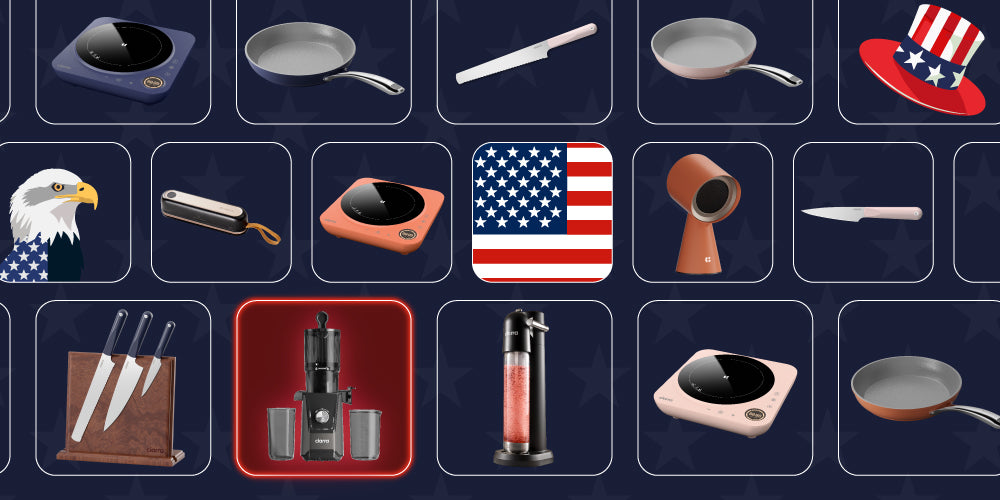
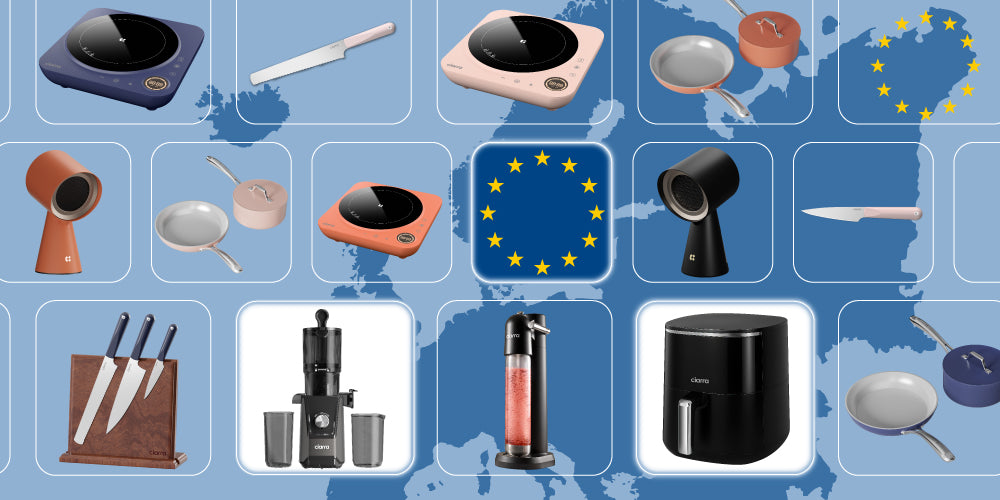
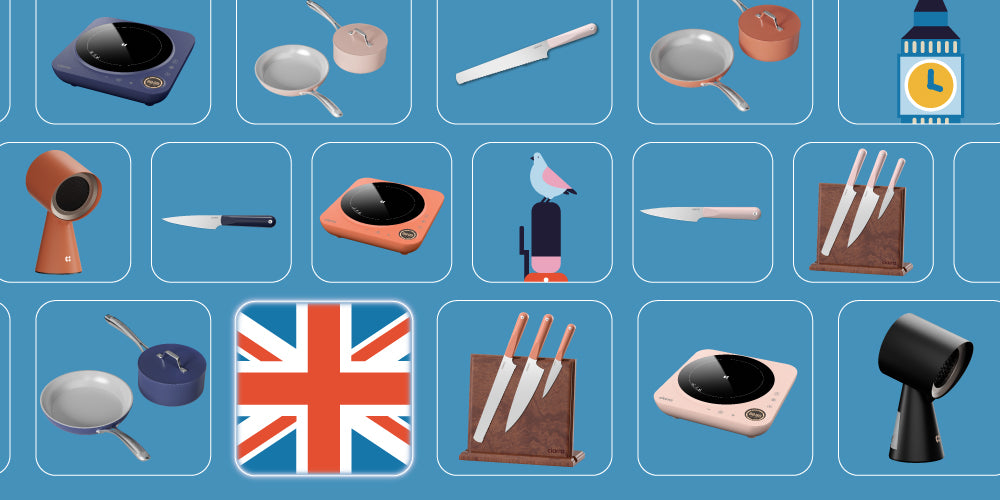
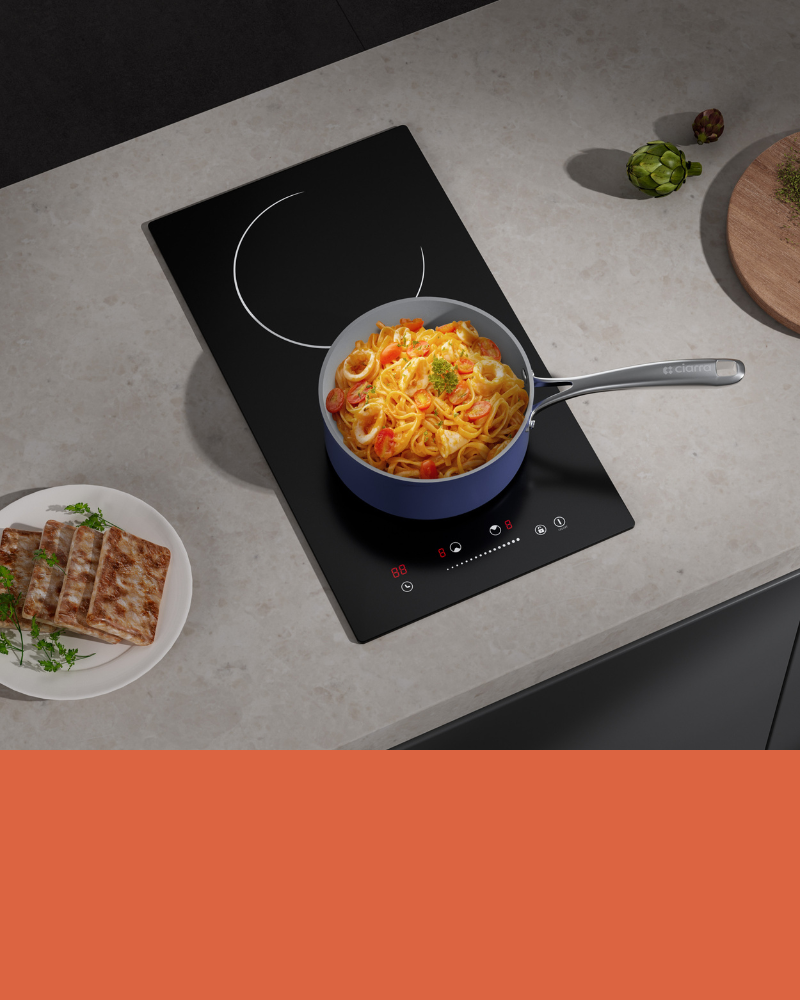
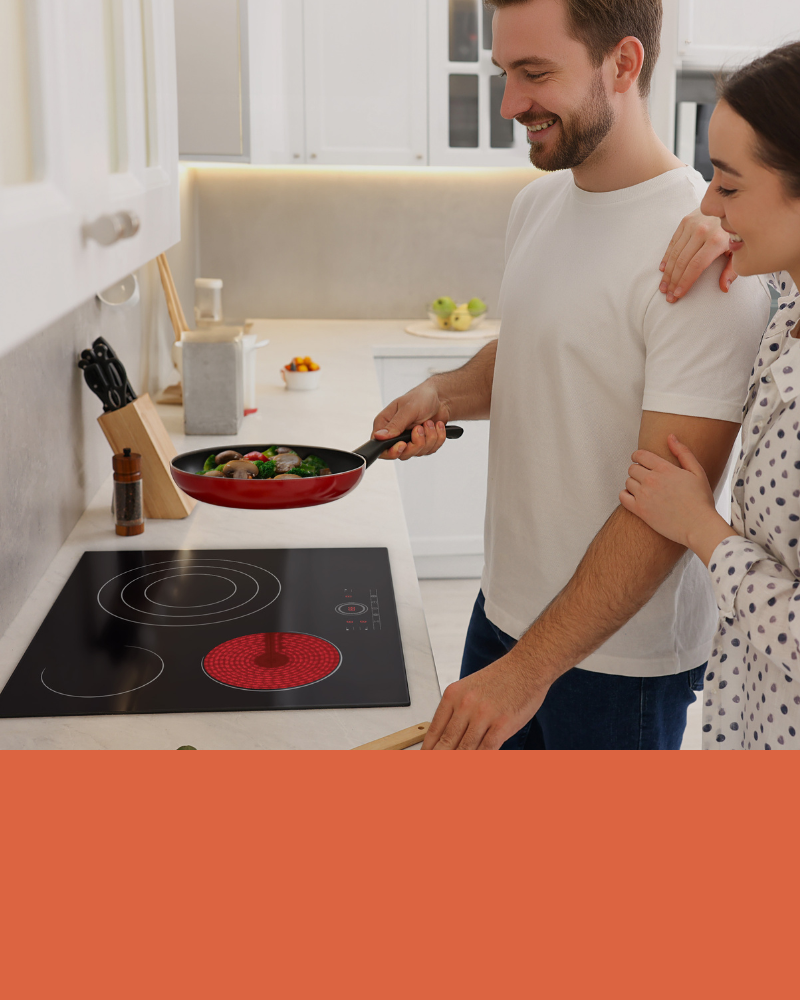

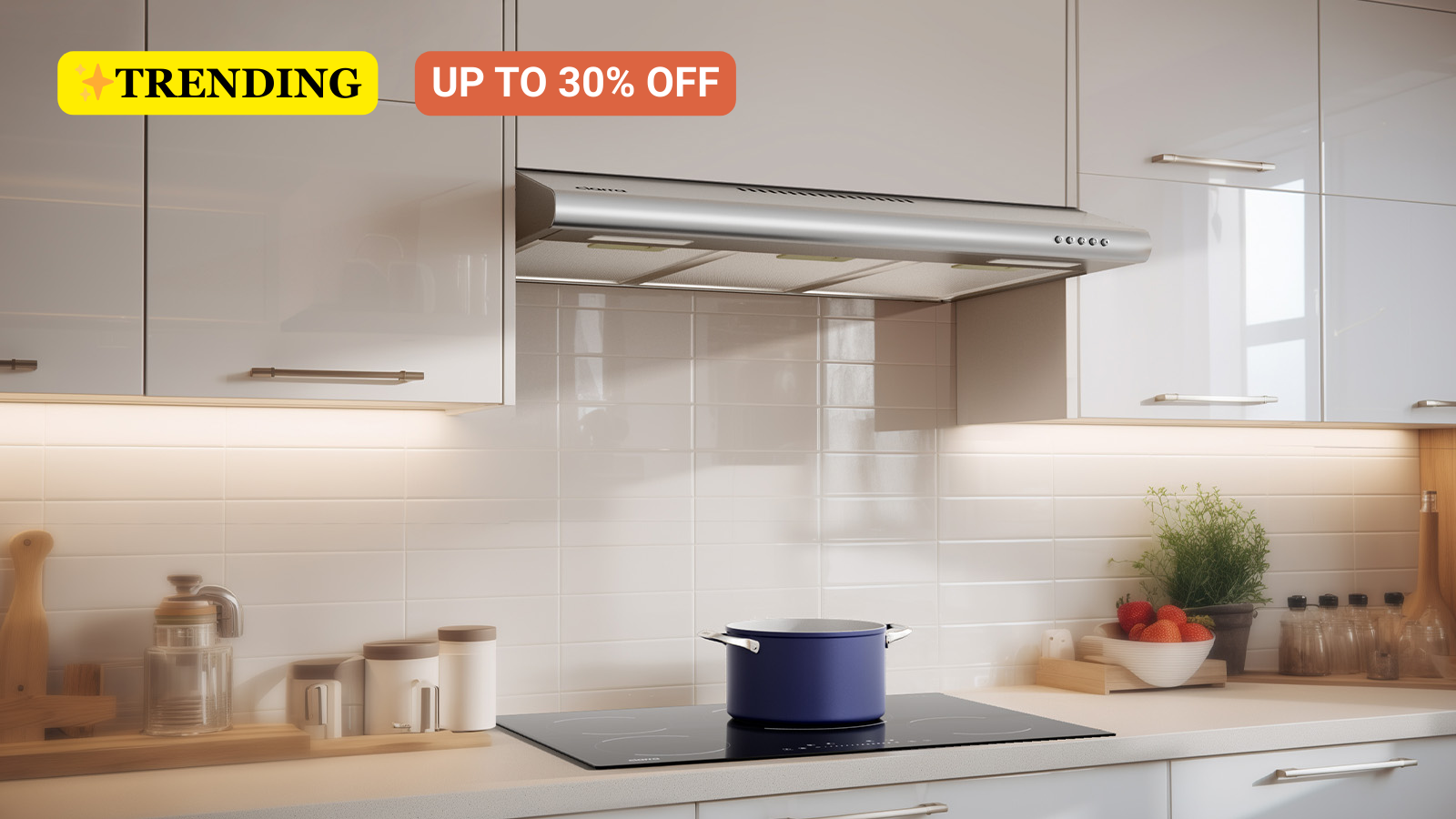
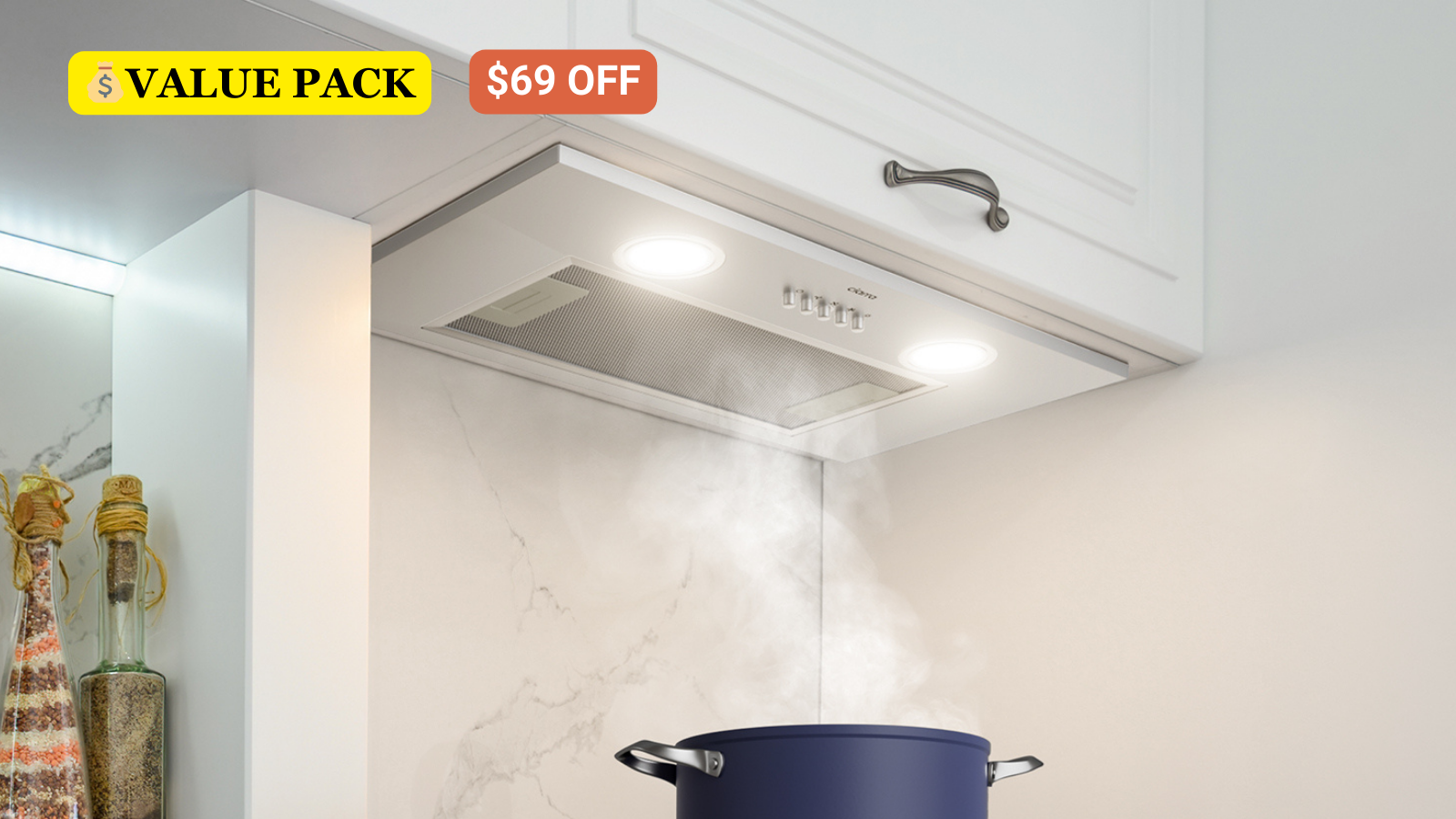
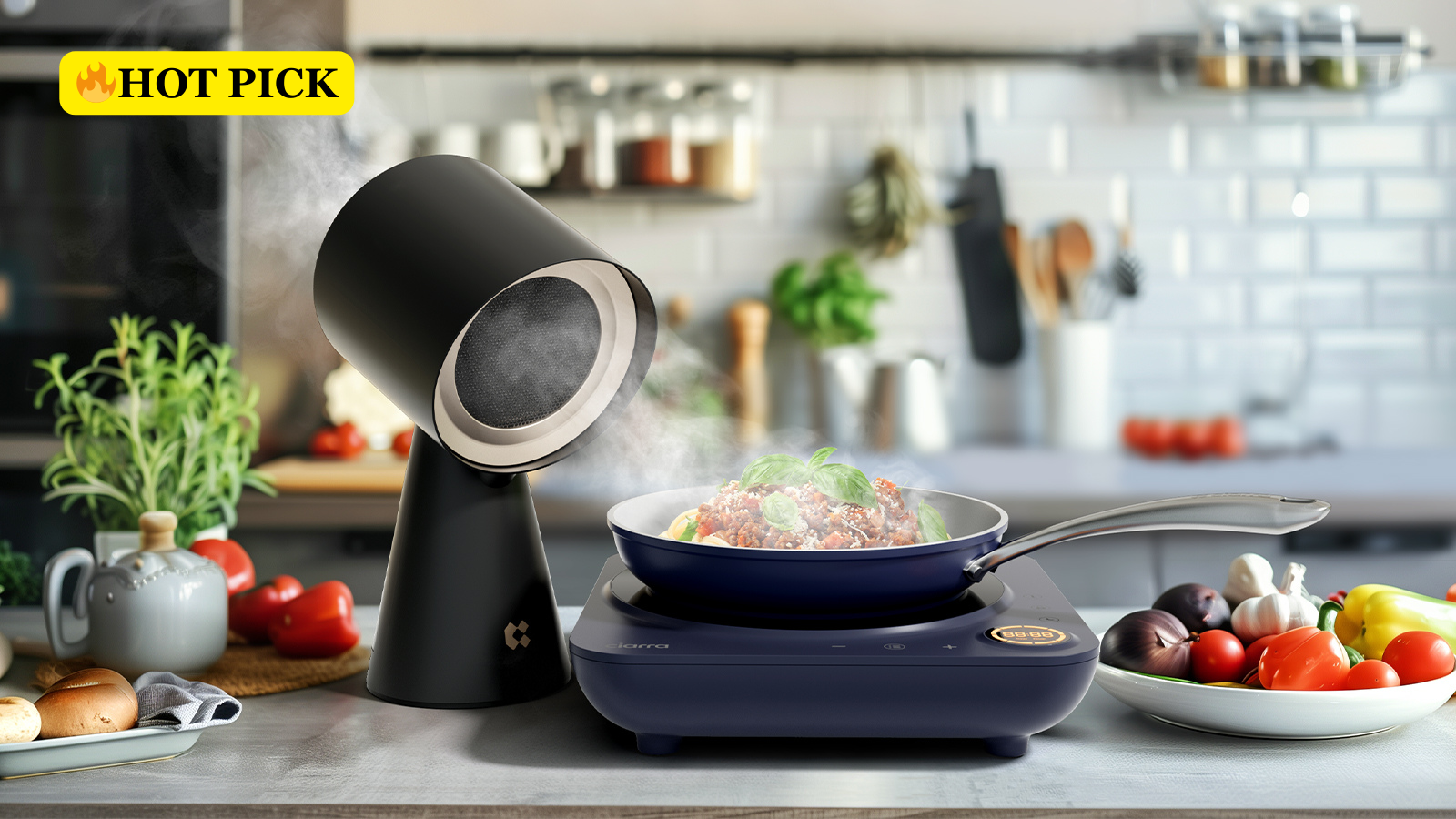
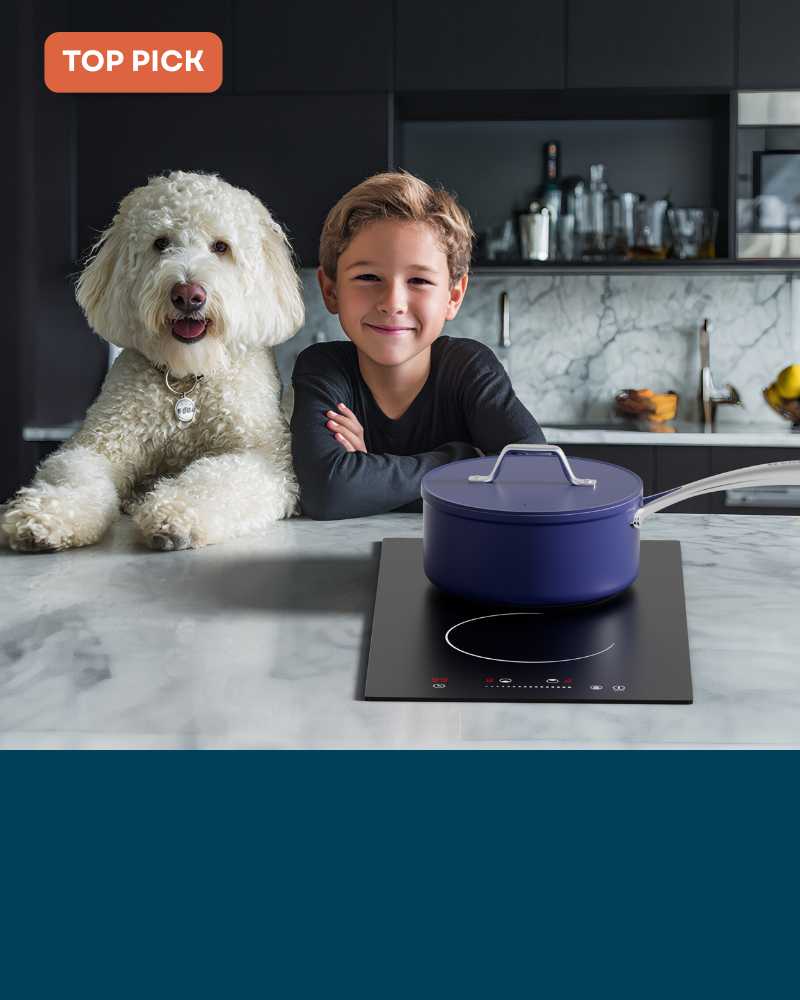
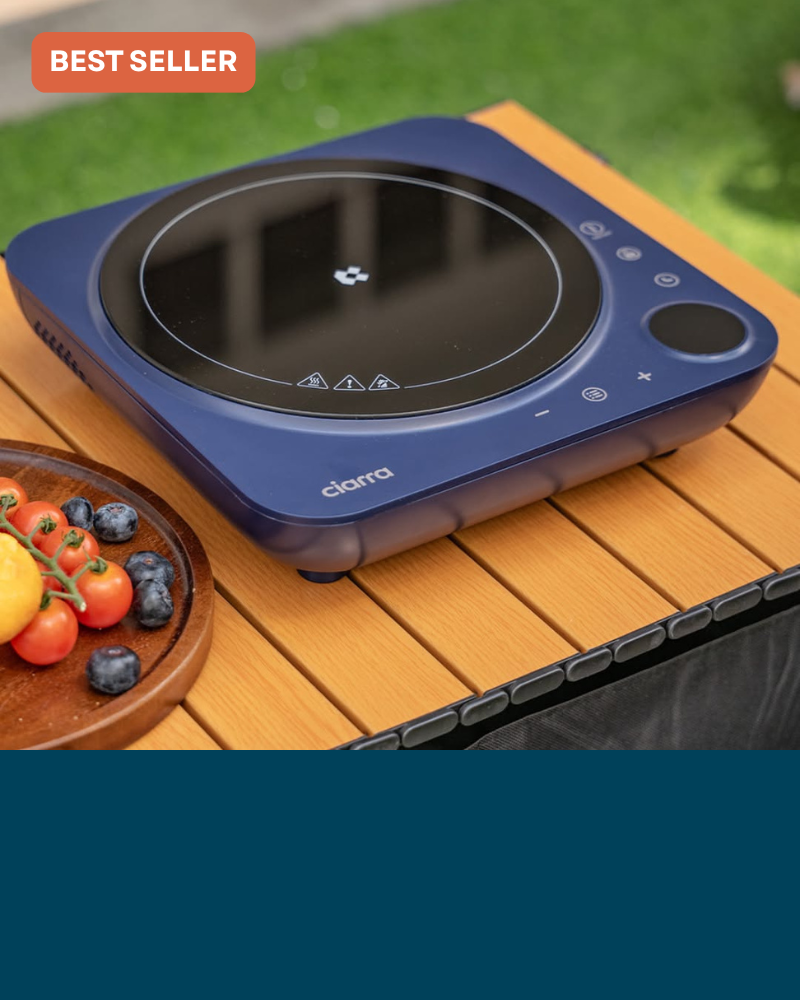
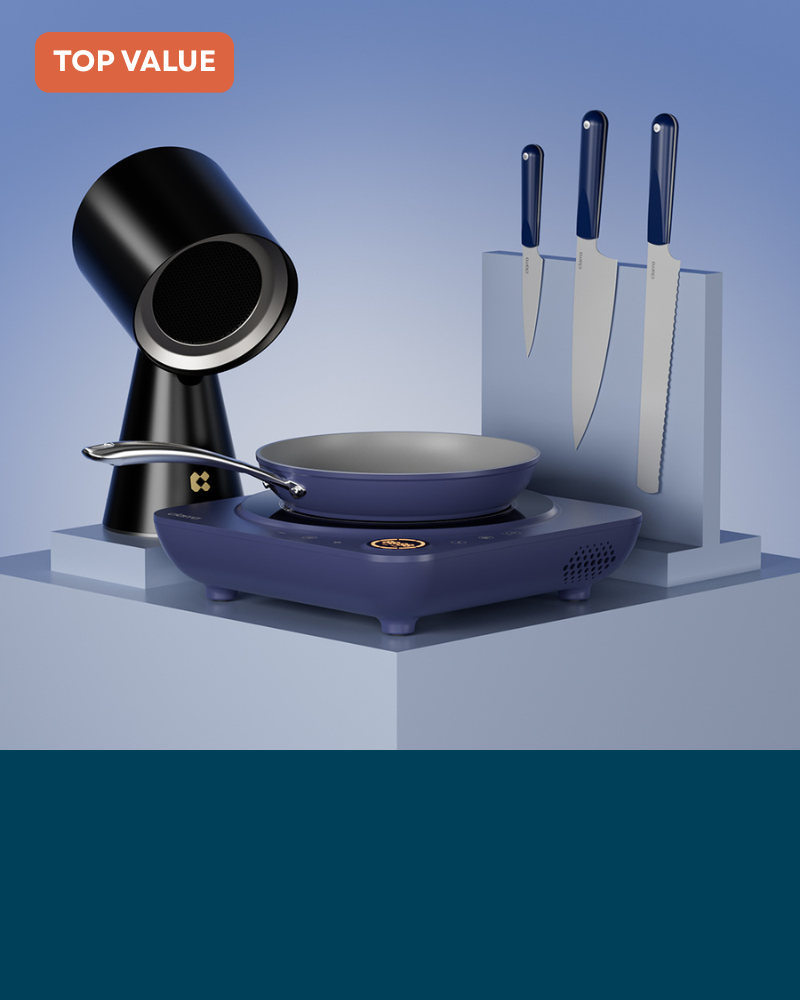
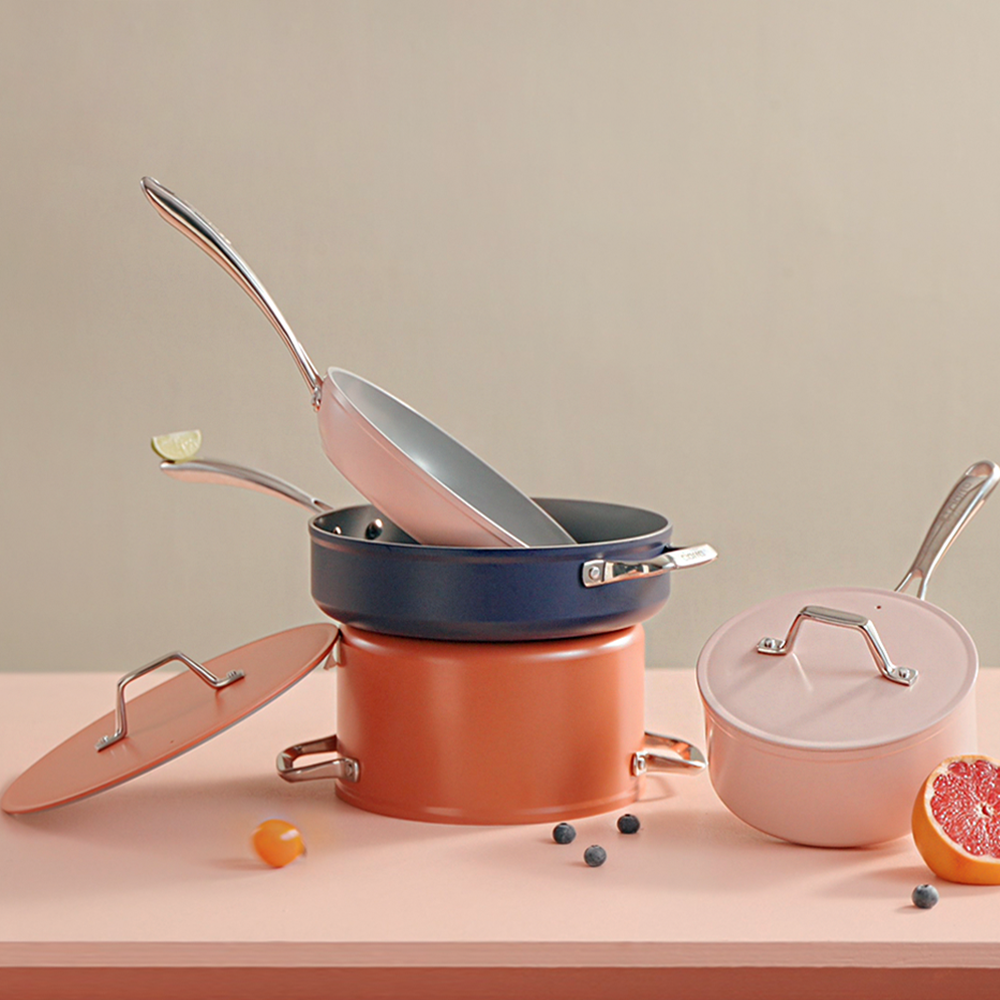
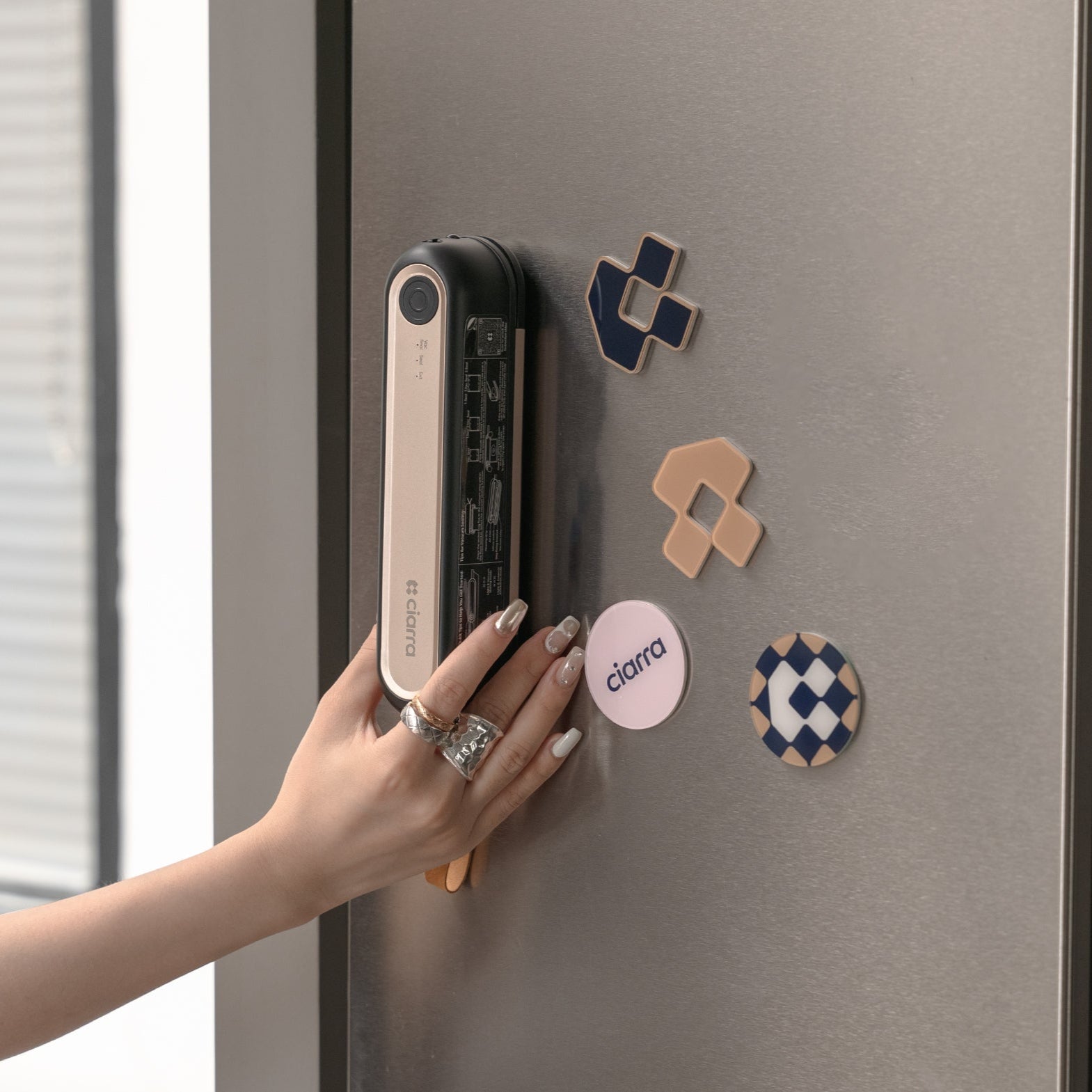
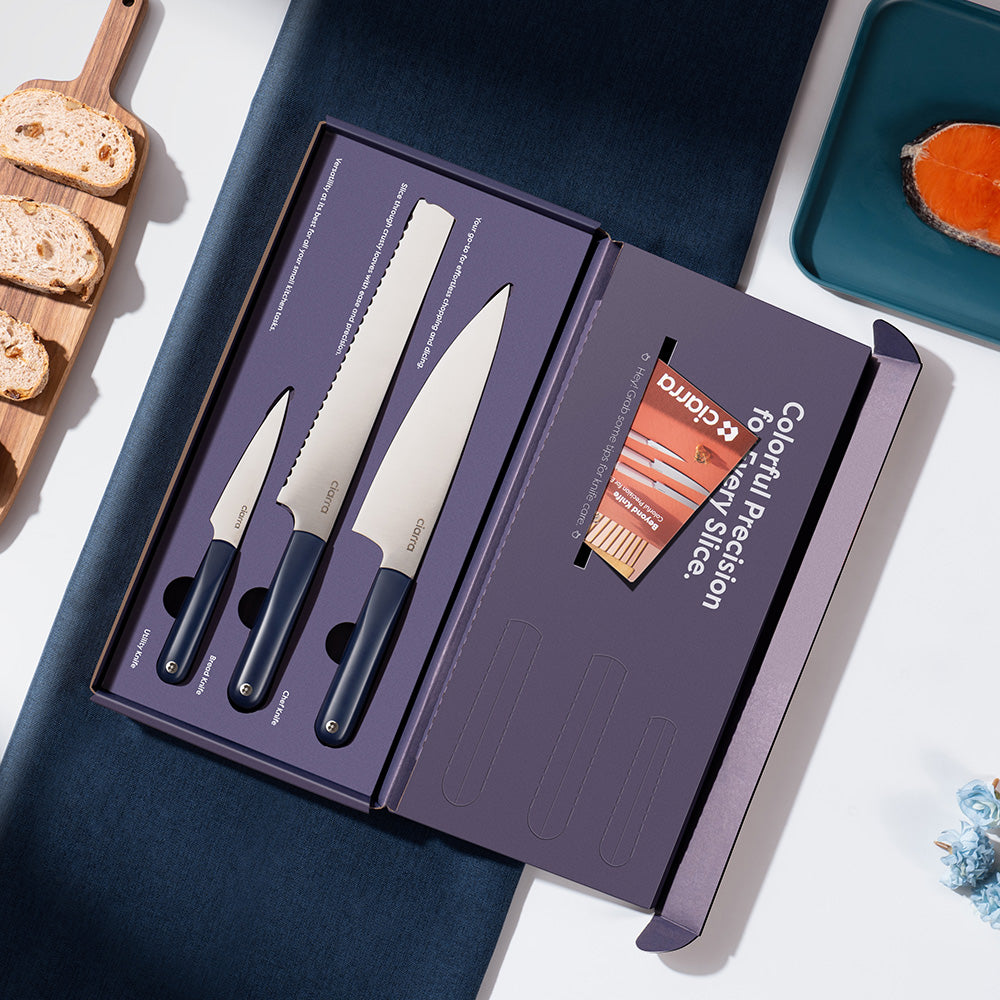


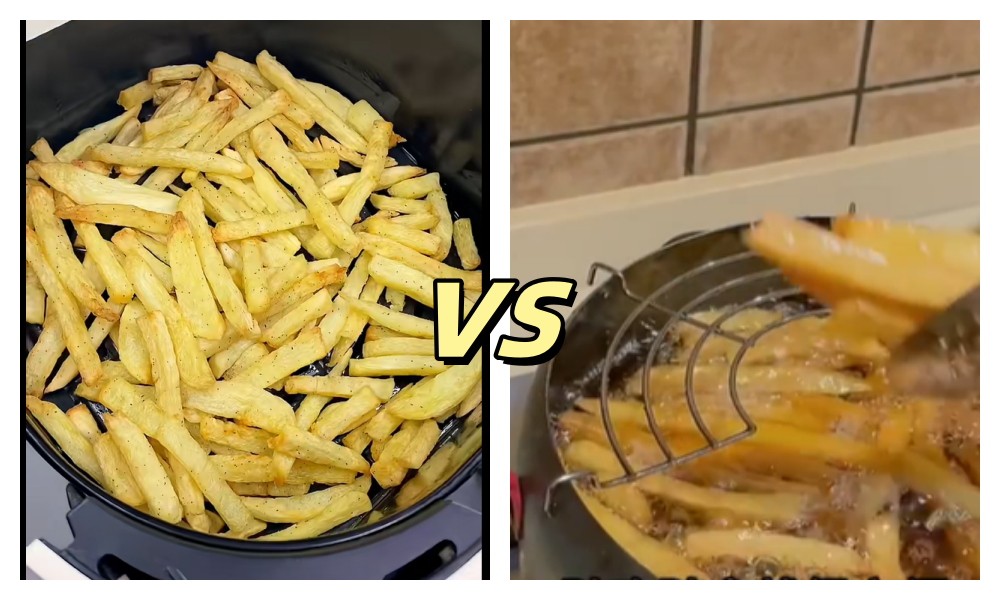
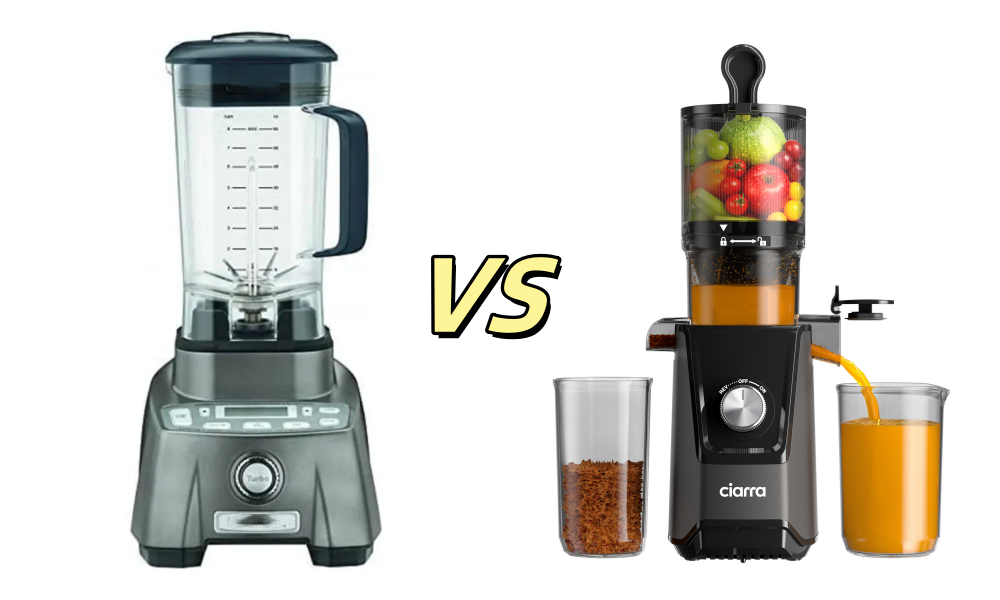

Jätä kommentti
Kaikki kommentit moderoidaan ennen julkaisemista.
Tämä sivu on suojattu hCaptcha-tunnistuksella, ja hCaptchan tietosuojakäytäntöjä ja käyttöehtoja sovelletaan.